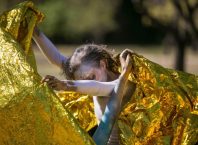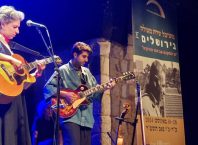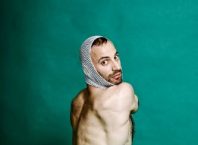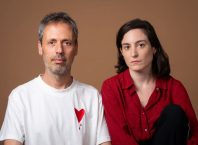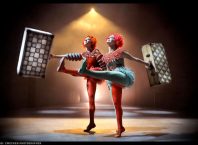Good photo-journalism – to this writer’s mind, at least – is determined by the recorder’s capacity to successfully negotiate two important demands. A picture is worth a thousand words, they say; but it doesn’t necessarily follow that all these words are useful. What the photograph suggests is as important as what it reveals. The camera does see all, but one does not necessarily need to see all.
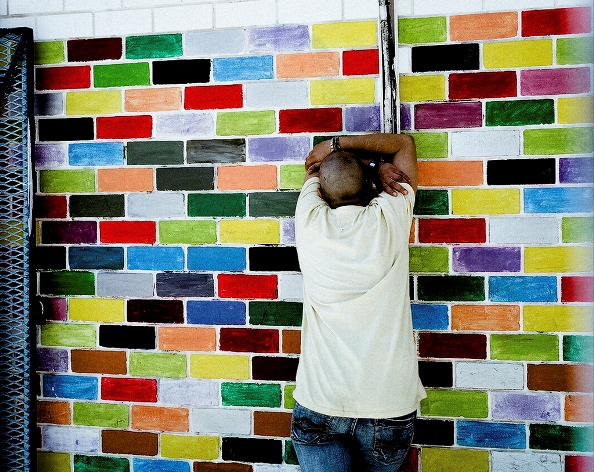
The second consideration is all the more tricky because it is not always explicitly acknowledged. The camera is an observer; it is also a voyeur. Photo-journalism often intrudes on moments of heightened emotional tension – grief, fear, loss. (It is interesting that fewer and fewer “great” photographs show emotions at the other end of the spectrum – simple, uncomplicated joy, for instance. What this says about us, I am not sure.) How does one present an image to the world, yet in the same breath respect the privacy of the image’s subjects? Does the importance of a story trump the sensitivity that its subjects deserve? Does photo-journalism operate by different rules than other forms of journalism? Should it? Does anyone care?
About the last question at least, I think that we should care. It is something that came to mind repeatedly whilst viewing the World Press Photo/Local Testimony photojournalism exhibition currently running at the Eretz Israel Museum in Tel Aviv. On display until January 28, 2012, the parallel exhibitions – the former a yearly international competition recording the best submissions in photo-journalism from around the world, the latter its local (Israeli) equivalent – record any number of powerful, even humbling moments recorded from around the world and around the country over the last 12 months. But there are also those that rely on their capacity to shock; also those that ride the crest of significant public events without adding much to our understanding of the moment. In this sense at least, the exhibitions present a useful opportunity to think about the role of photo-journalism in today’s world.
Michael Wolf’s series of pictures, A Series of Unfortunate Incidents embody the latter contradiction – to be the storyteller or the voyeur – succinctly. Wolf, who has produced a number of interesting projects from China, Hong Kong and elsewhere, based this series from the front of a computer screen. Wolf shot eye-catching scenes – from the now ubiquitous Google Street View, playing about with pixellation to “protect” the identity of the participants.
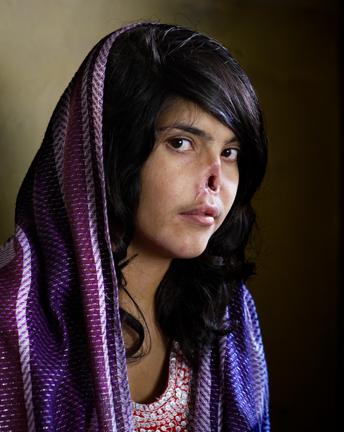
Jodi Bieber’s portrait of a disfigured Afghan woman – an 18 year old disfigured by a vengeful Taliban commander after she fled an abusive husband, in the name of “justice” – is a powerful, discomfiting image. Bieber consciously concentrates on the aesthetics of the photograph – she is a person, rather than an object, and because of this her pain is all the more palpable. Anonymity desensitizes; the photograph stands as a reminder that graphic representations of pain – as can be seen elsewhere in the exhibition – do not tell a story in themselves, but rather merely capture a moment.
This is not to say that candour must always fail. Fernando Moleres’s exceptional series of photographs, Juveniles Behind Bars In Sierra Leone, is as vivid and detailed as documentary film. He never abuses the access he has been given to his subjects – teenagers imprisoned, contrary to law, with adult criminals – but neither is he sentimental about their situation. Likewise, Daniel Berehulak’s photographs taken in the aftermath of the Pakistani floods last summer – especially a solitary image of a father and son wading through the waters – respects the integrity of his subjects, but also succeeds in communicating their pain.
“Press photography is one of the journalistic practices that creates images with the objective of telling a news story,” the viewer is reminded at the beginning of the Local Testimony exhibit, capturing the most significant images of the preceding 12 months in Israel. Unsurprisingly, the exhibit is dominated by images from the Social Justice campaign that ran through the summer, culminating in the unprecedented rally at Tel Aviv’s Kikar HaMedina in September. But – and in a way, this is not entirely dissimilar to the protests themselves – the event dominates the exhibition to mixed results.
I suppose my problem with many of the photographs is that they concentrate too much on the moment rather than the context. There is only so much, after all, that picture after picture of people sitting in tents across the main boulevards of Israel can tell the uninformed viewer about the ingrained factors that fed into the protests.
But there are many exceptional moments that make up for this disappointment. Tomer Ifrah’s photographs of female prisoners at Neve Tirzah prison is unflinching, candid; Lior Patel’s photographs of Shmuel Leshed, a “100 year old Holocaust survivor, clown and beggar” are remarkably affectionate, imbued with a simple honesty that allows the viewer to engage with the subject, rather than simply to feel pity for him – a sentiment that one suspects that he would not welcome, in any case.
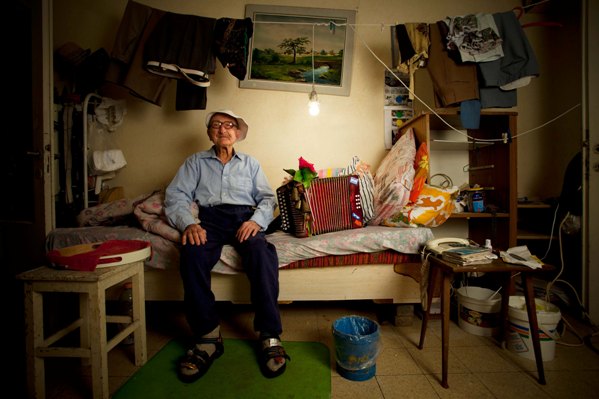
If one were to ask me, I would propose that the primary task of photo-journalism is that of revealing the undiscovered life. Perhaps that is why Yakov Naumie’s series of pictures of a courting ultra-Orthodox couple appealed to me very much. The photographs, following the subjects over the period of 6 months, are unaffected, charming and form a very interesting portrait of a world that many have no exposure to – a gap that often allows for derogatory conjecture at the expense of this community.
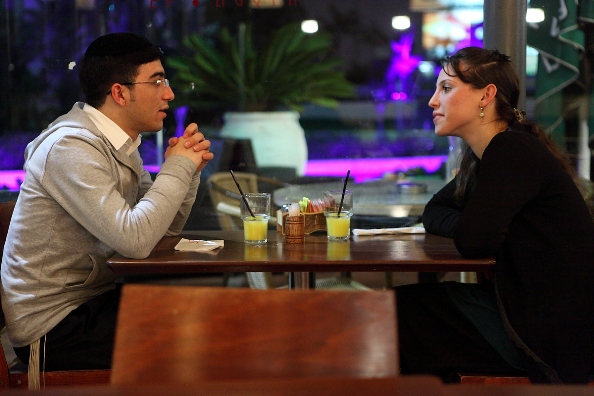
But that is if one were to ask me. It’s always much better to make up one’s mind for oneself; and there is plenty of material to guide one in that task at the World Press Photo and Local Testimony Exhibitions.
Eretz Israel Museum, 2 Haim Levanon Street, Ramat Aviv, Tel Aviv. 03-6415244,

